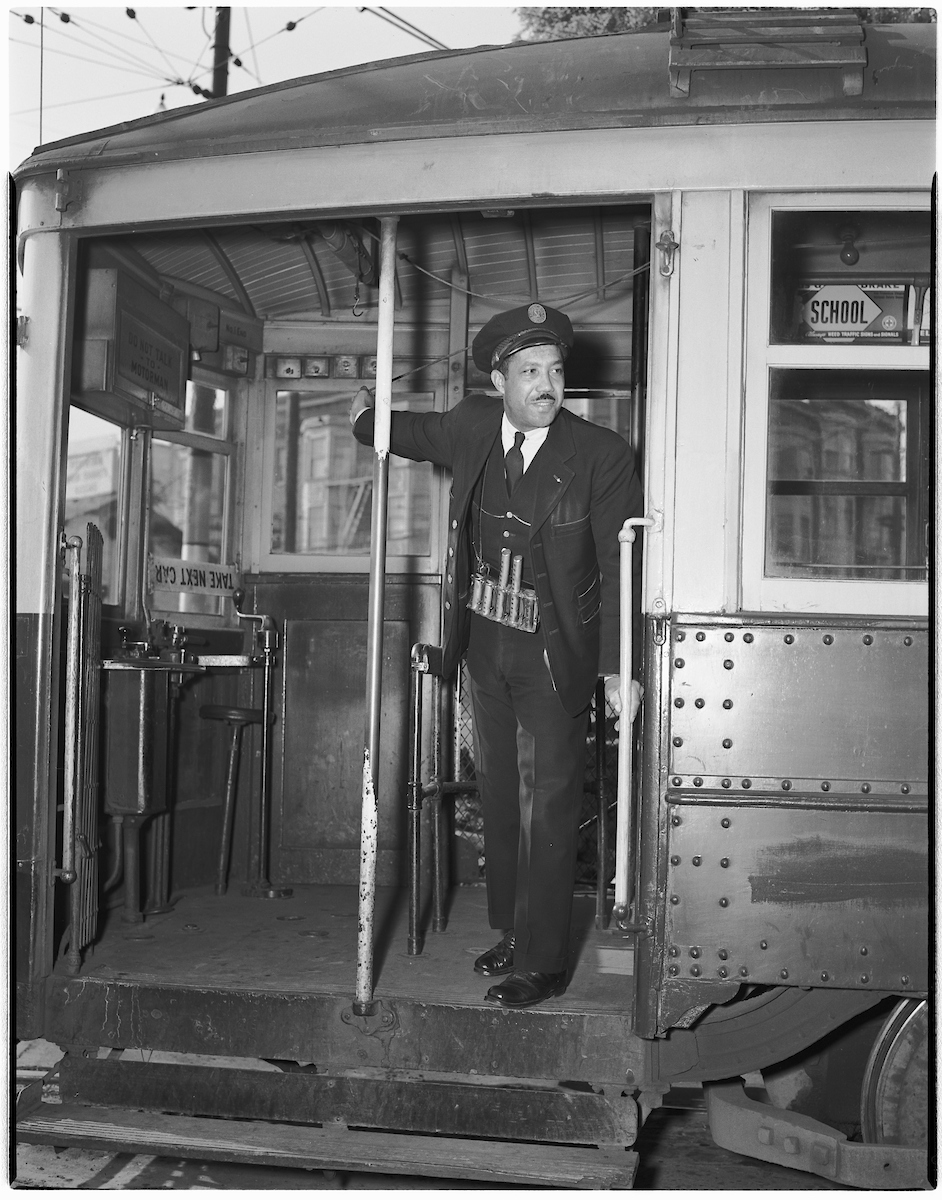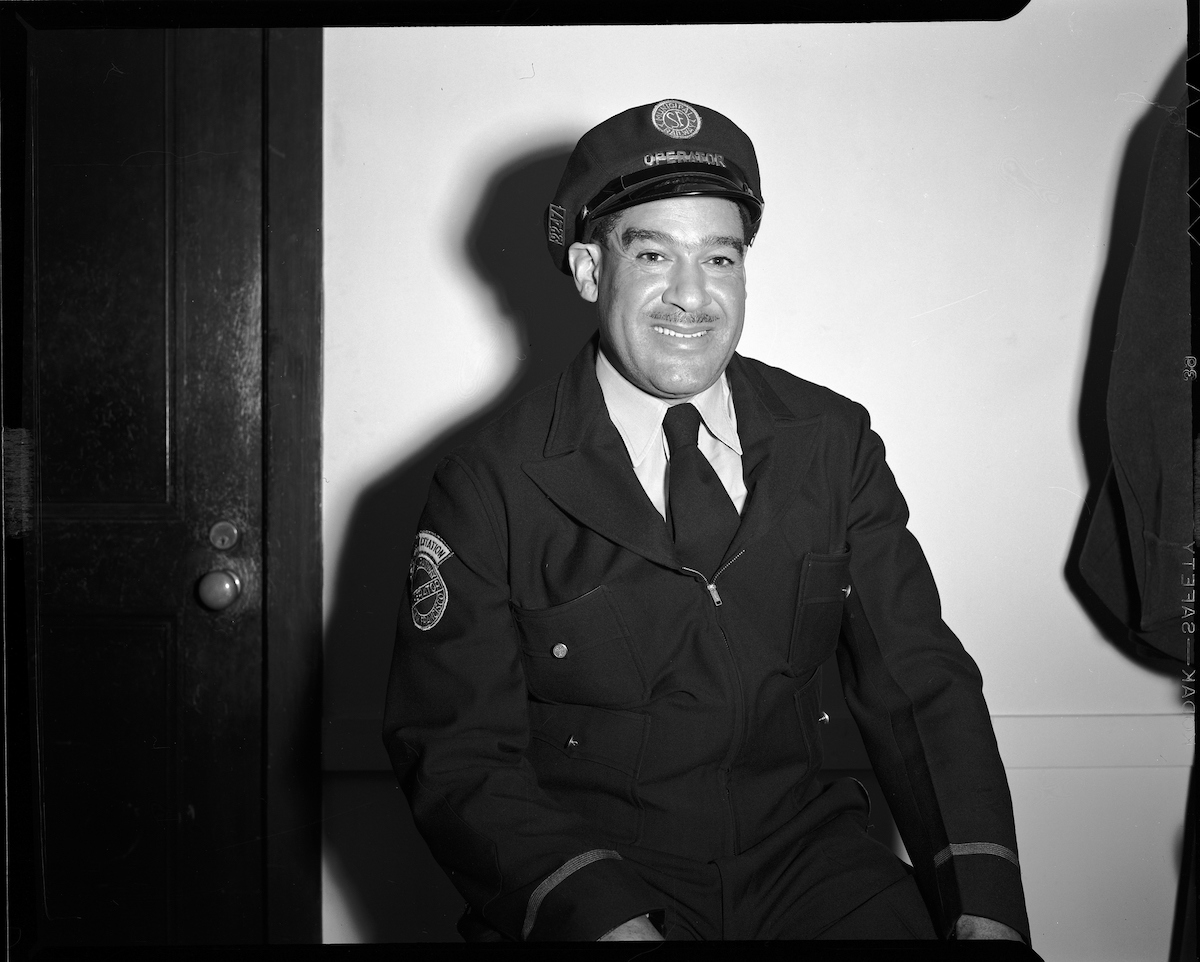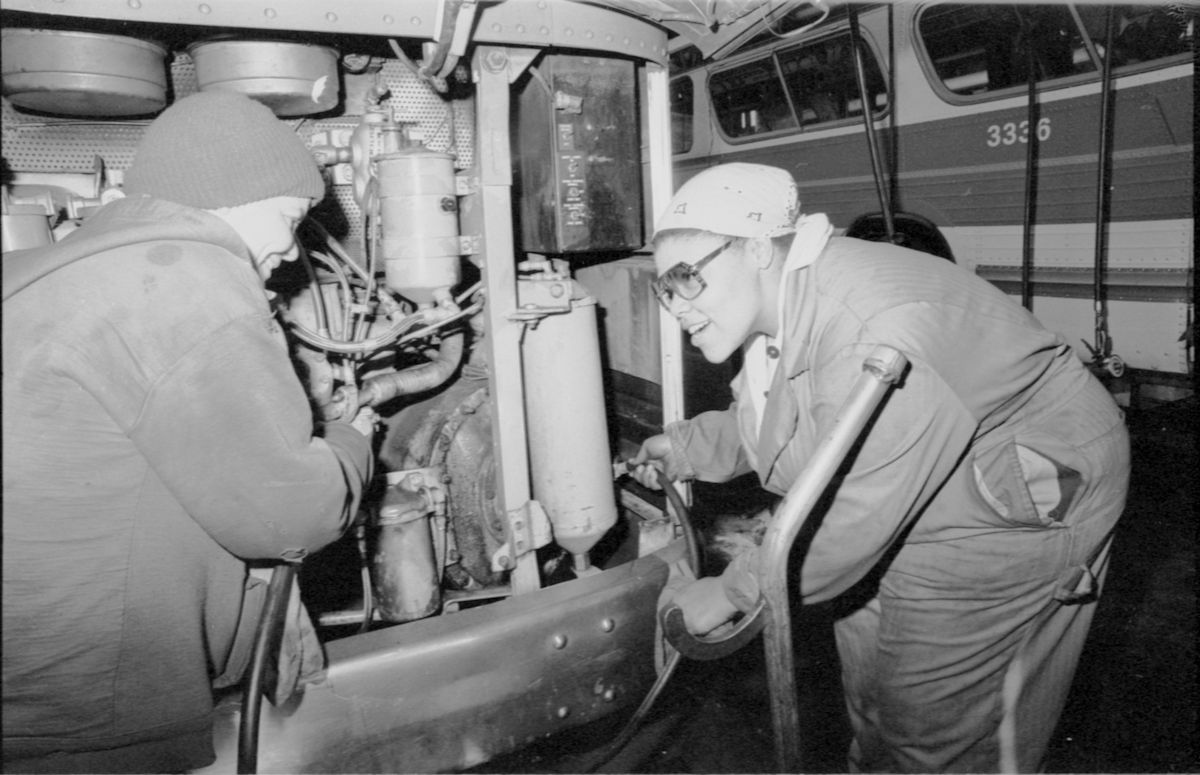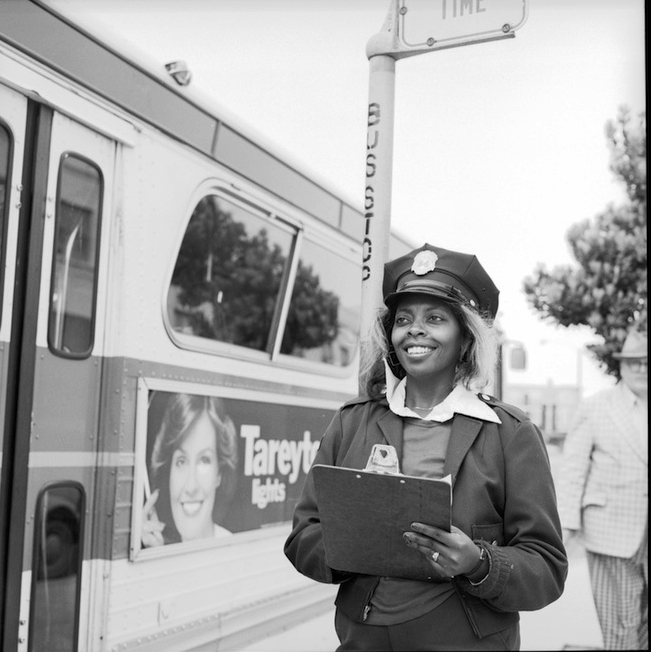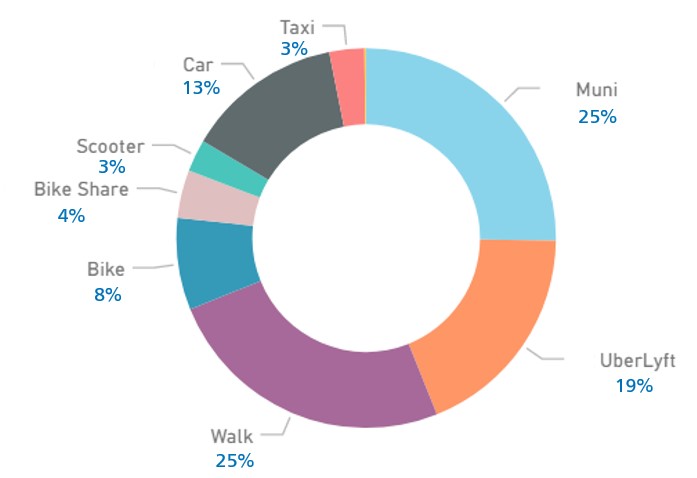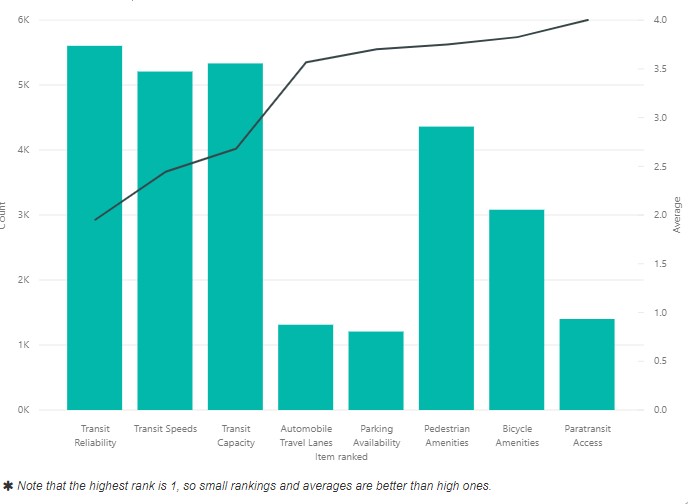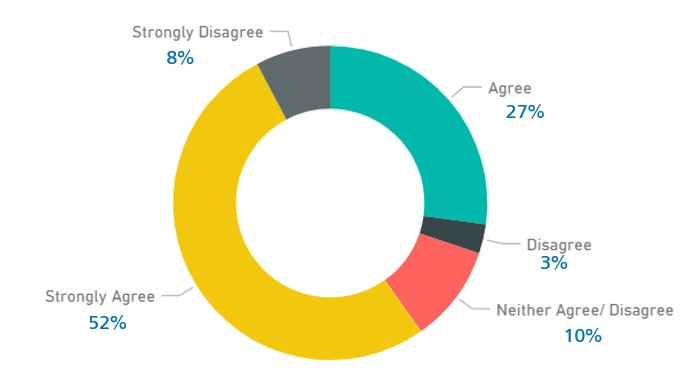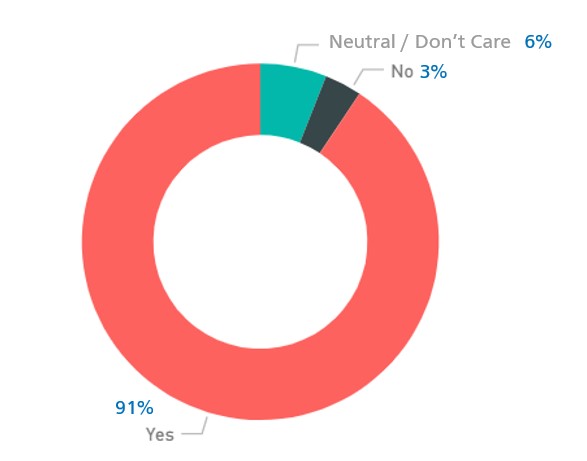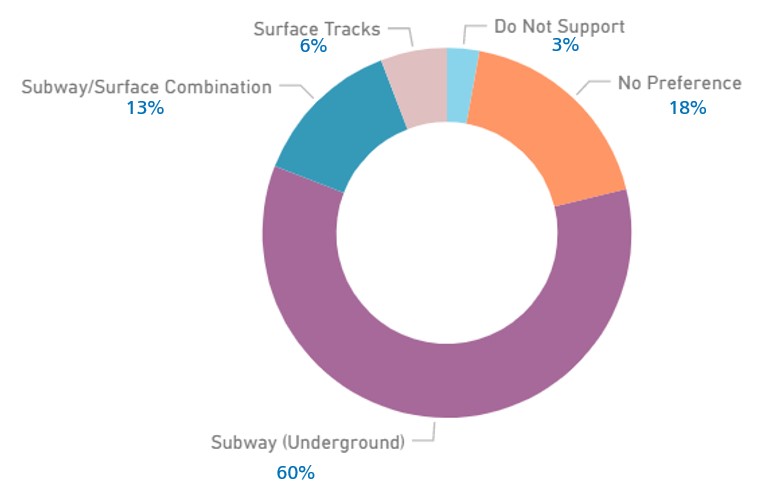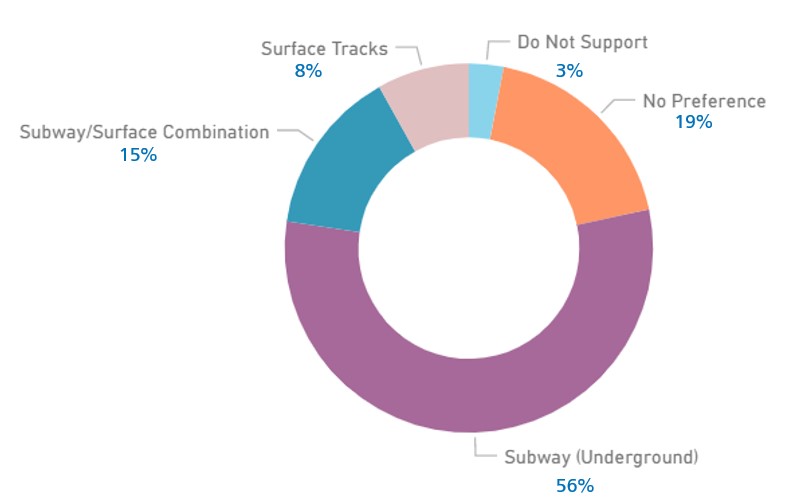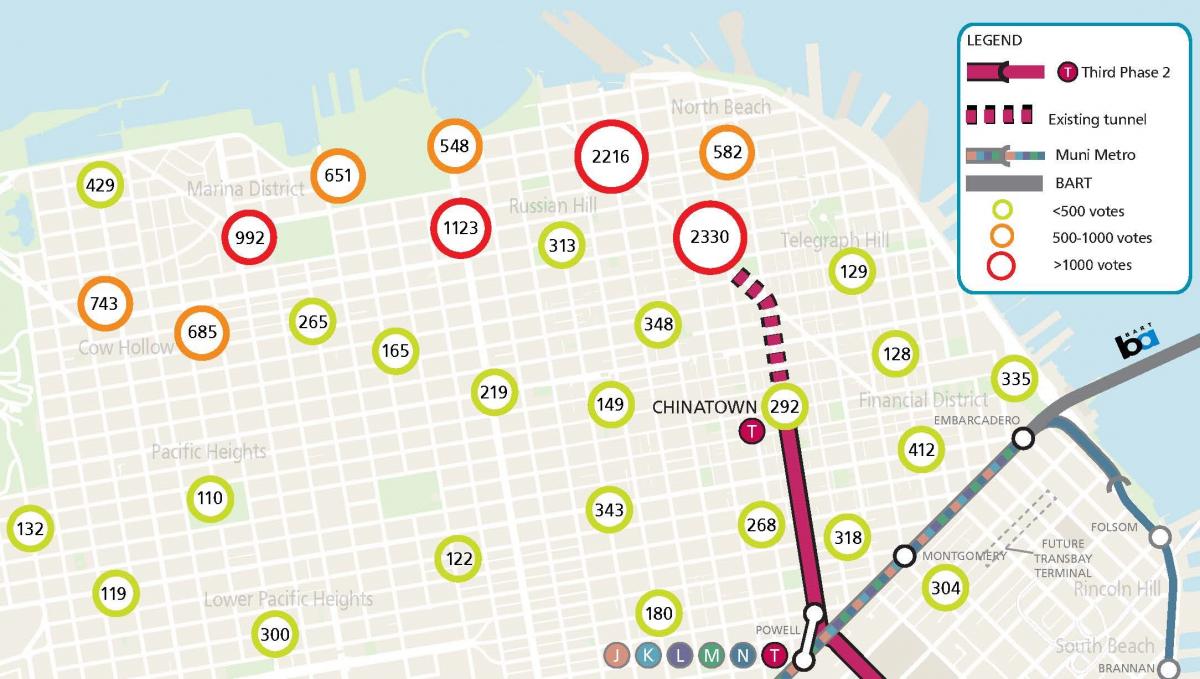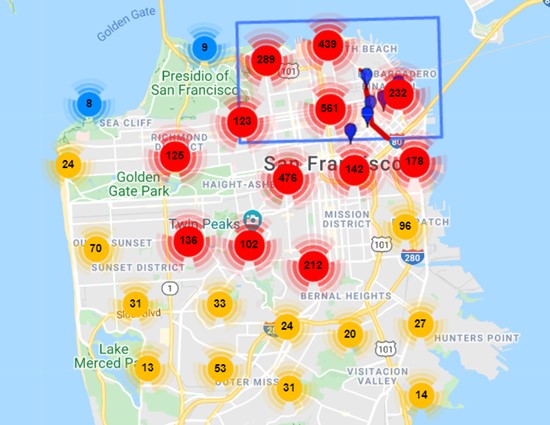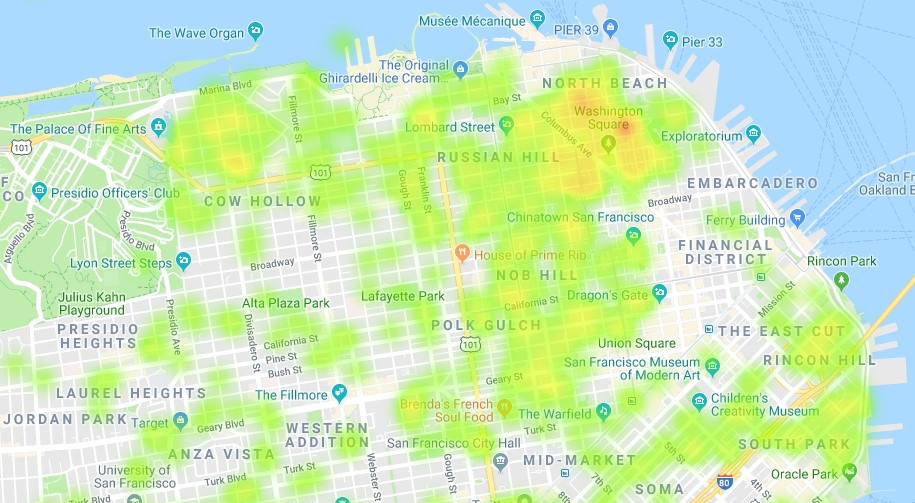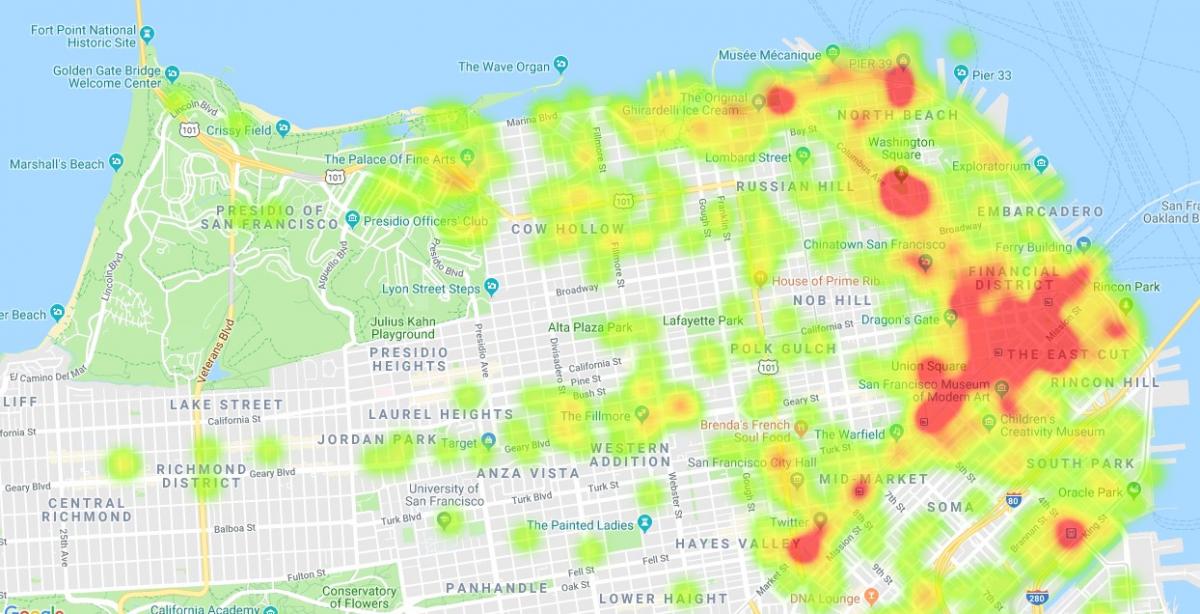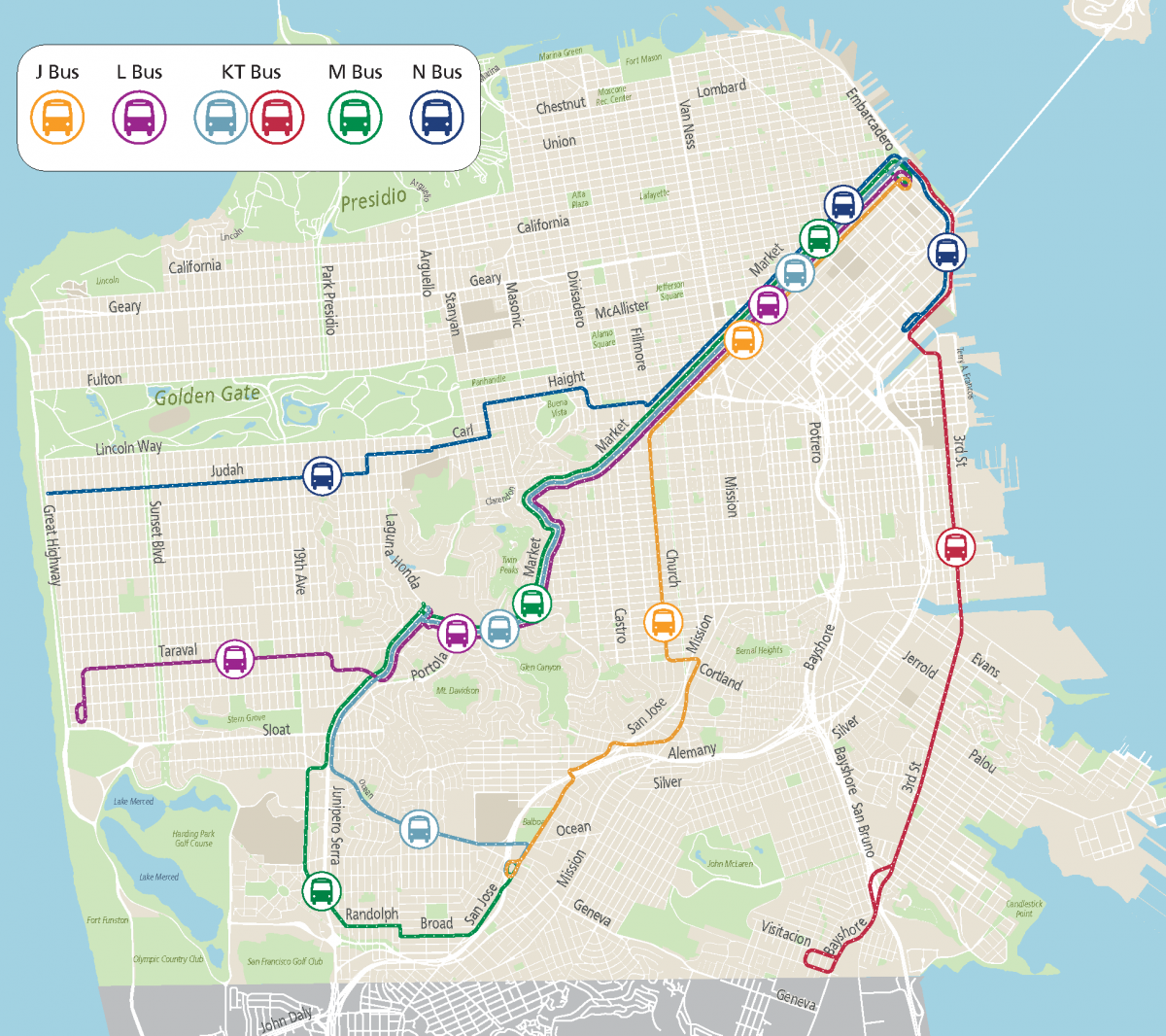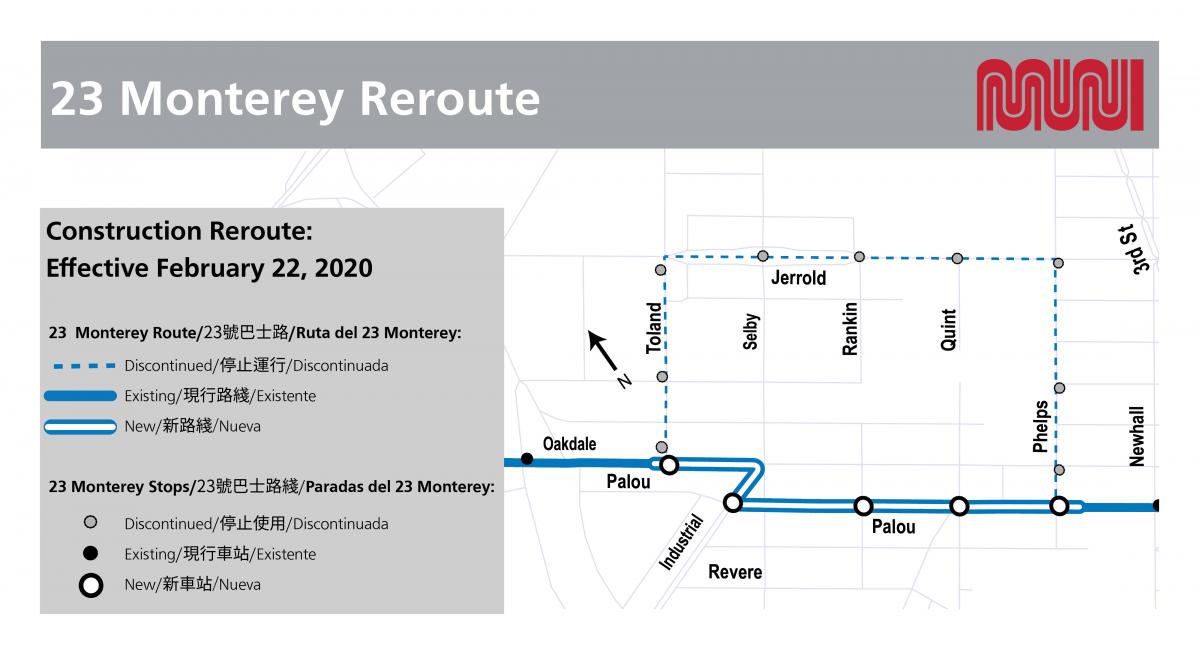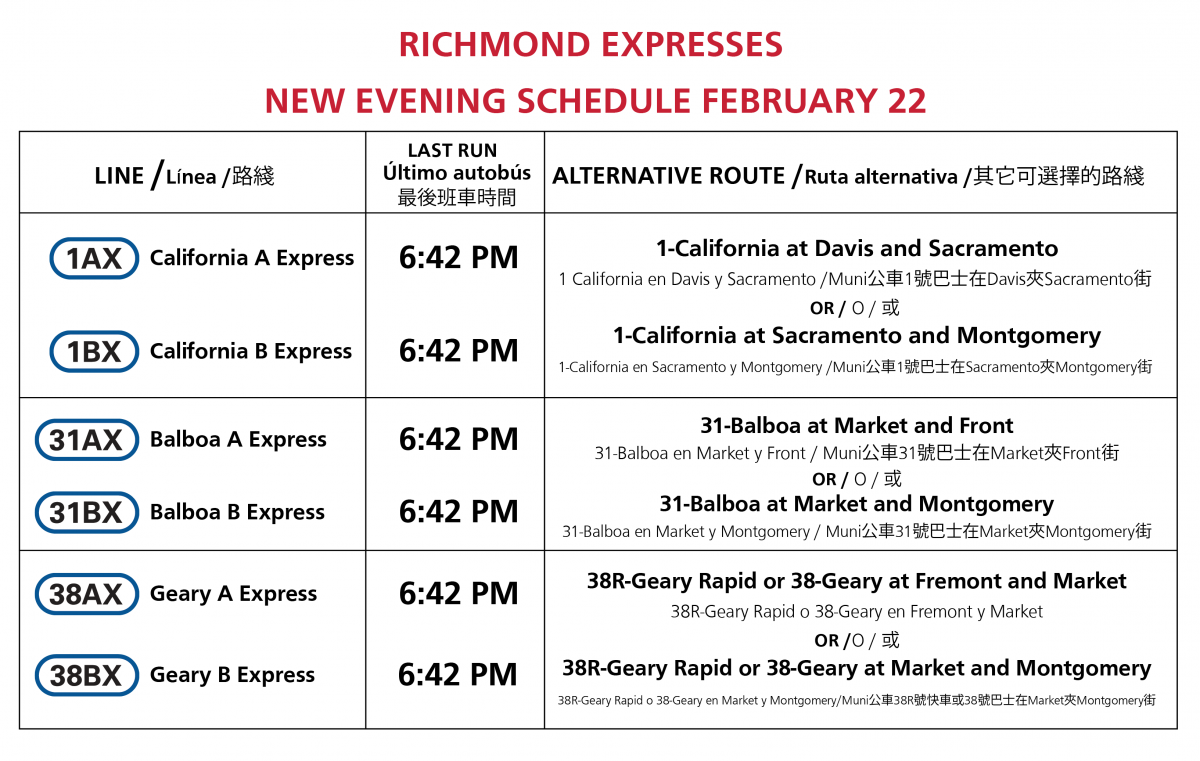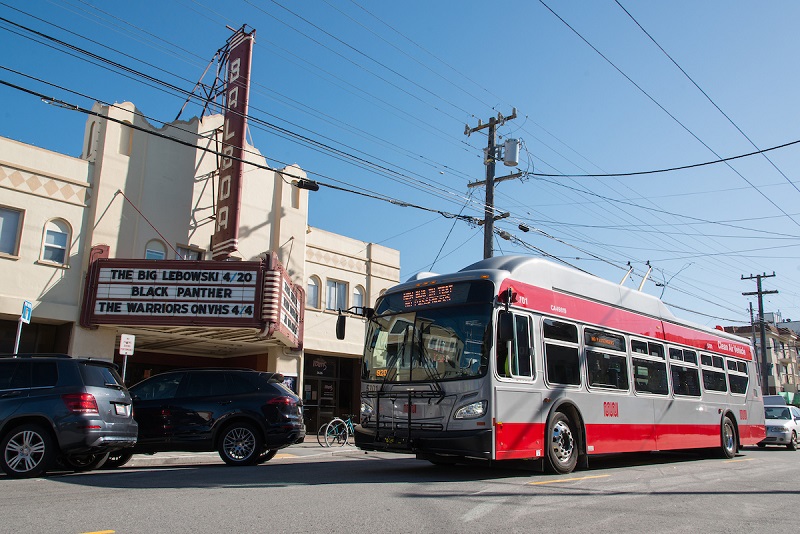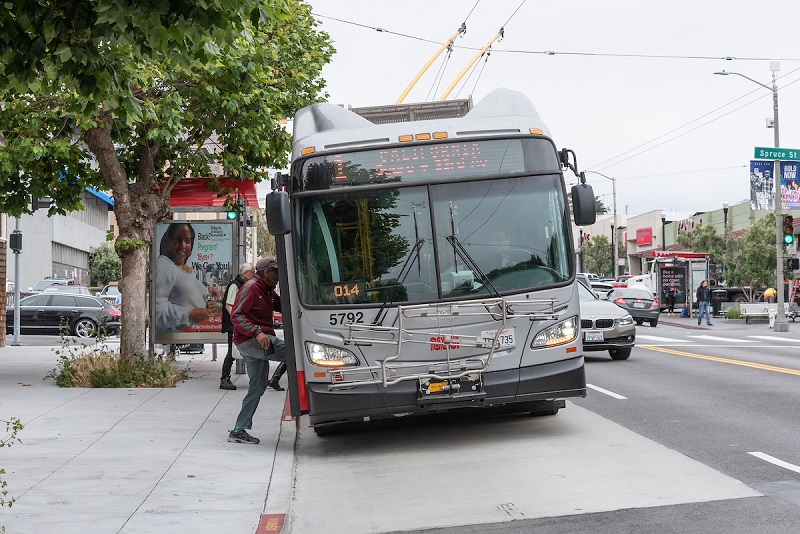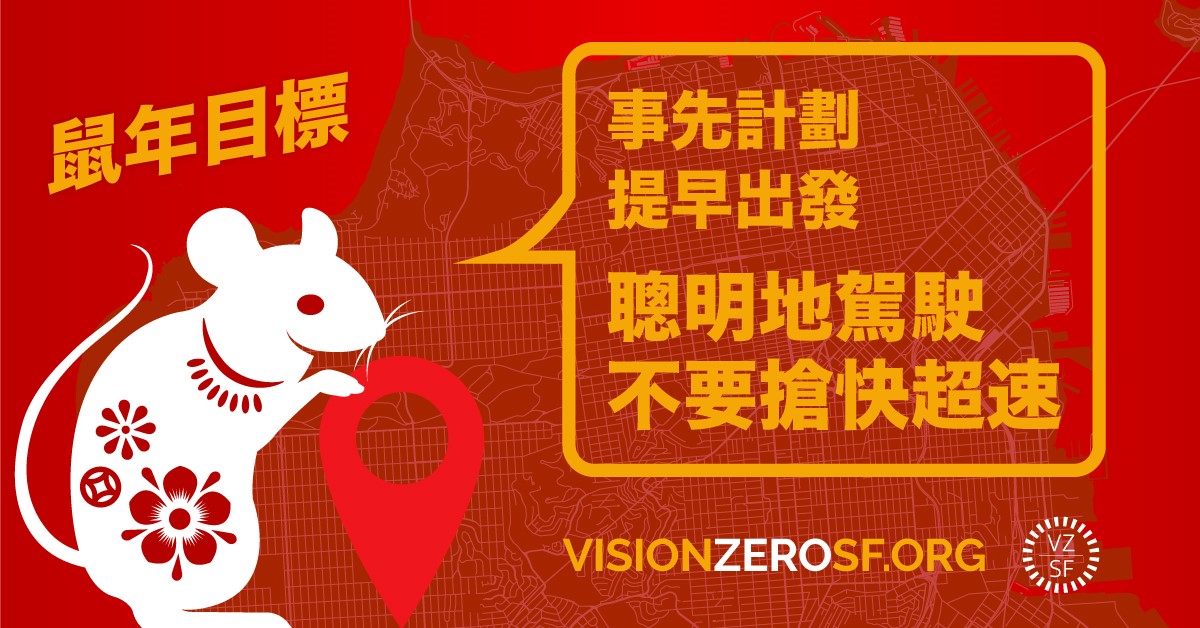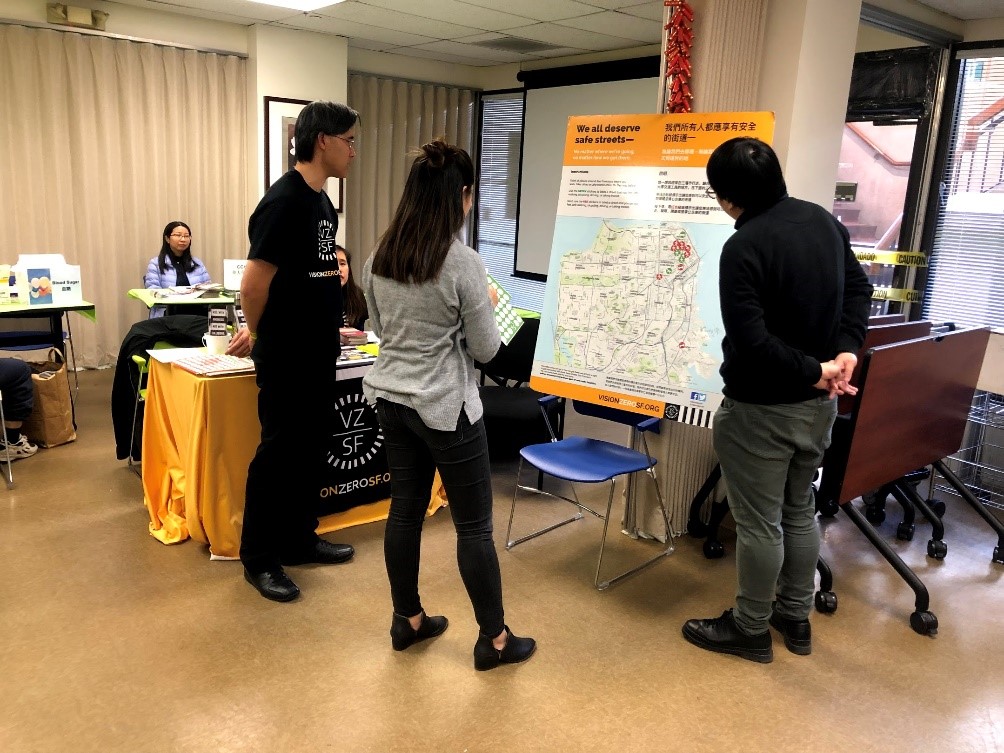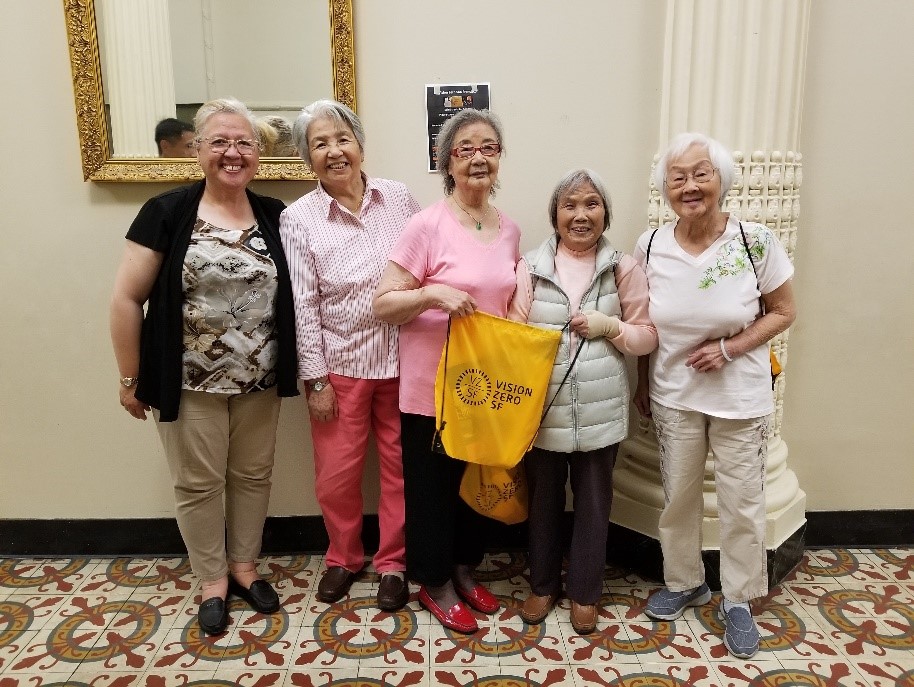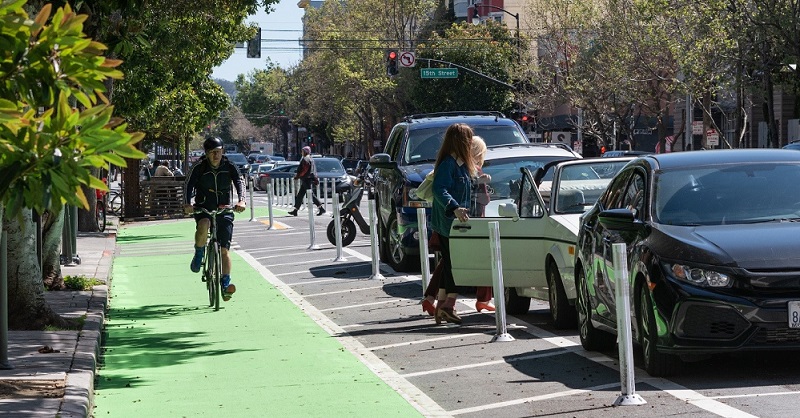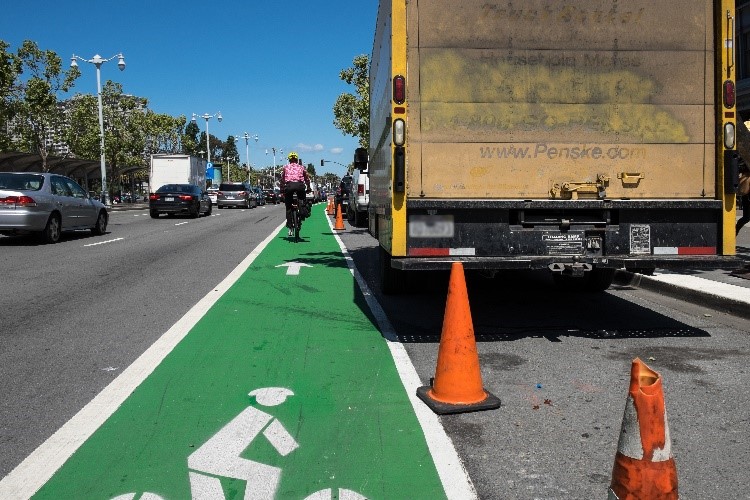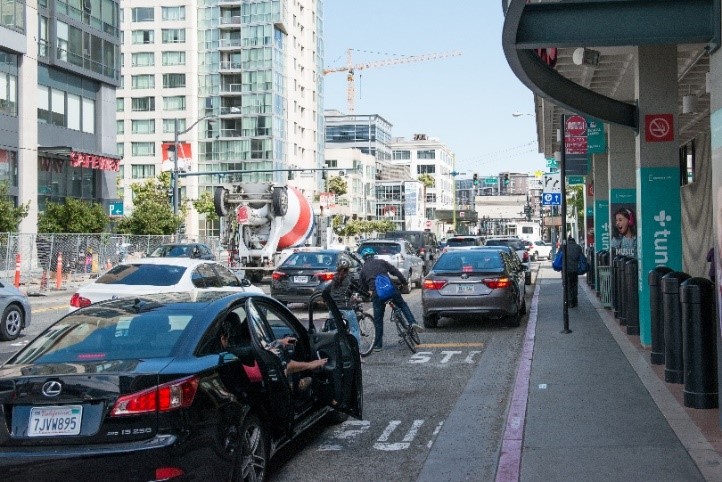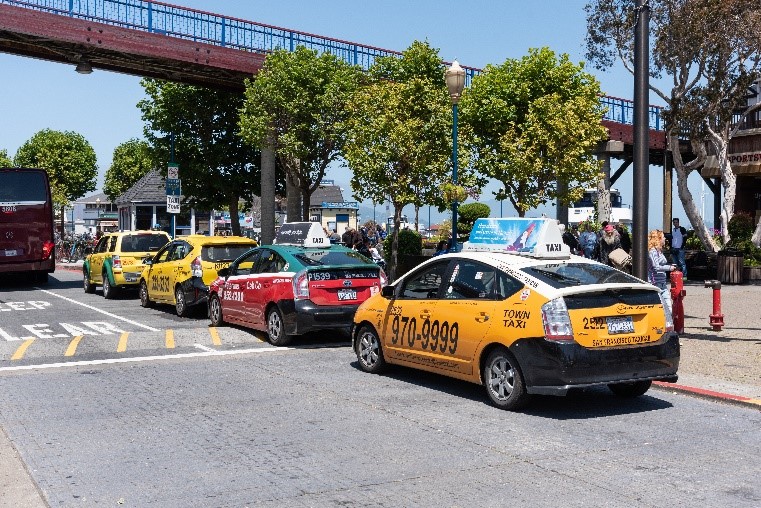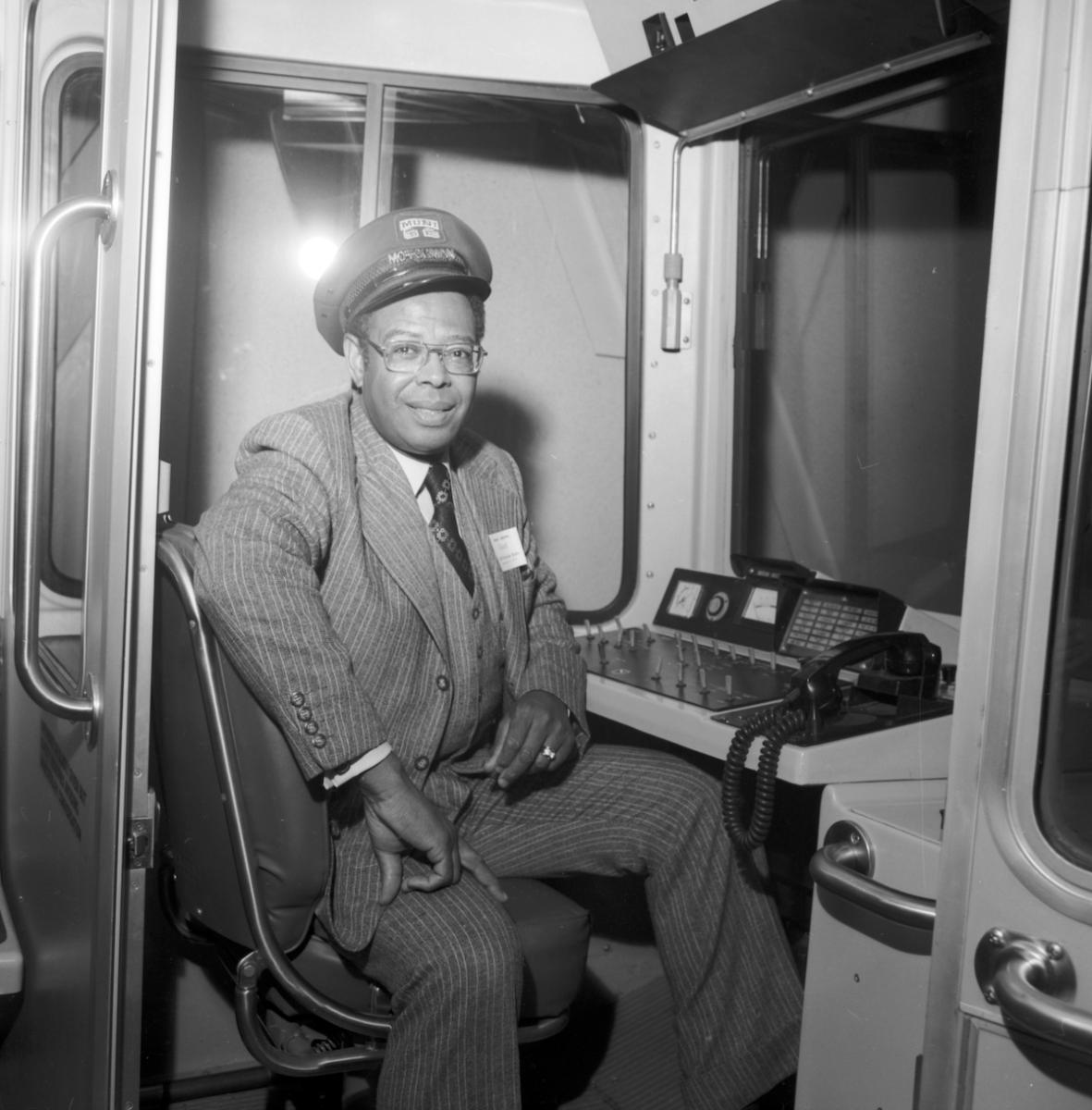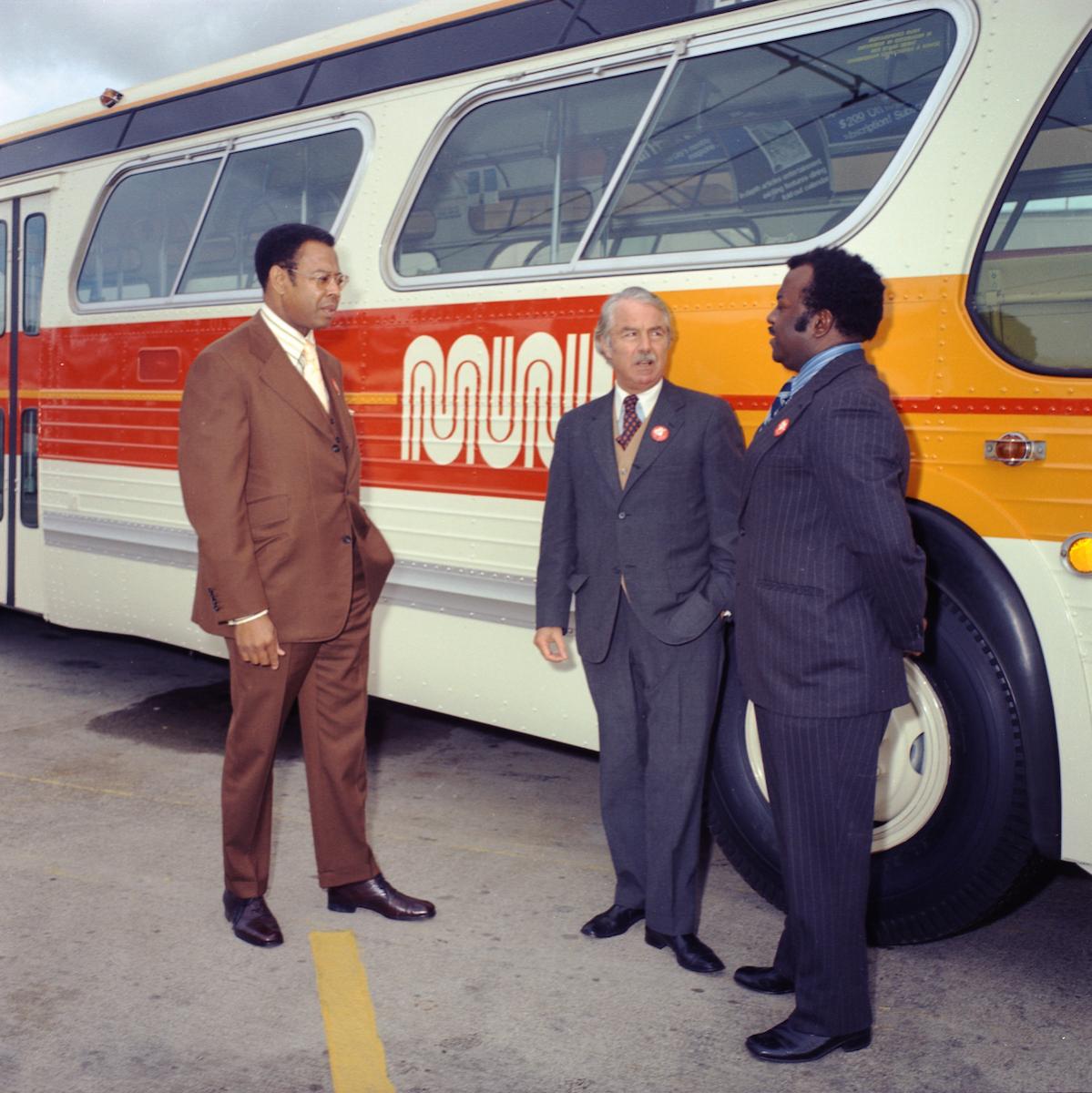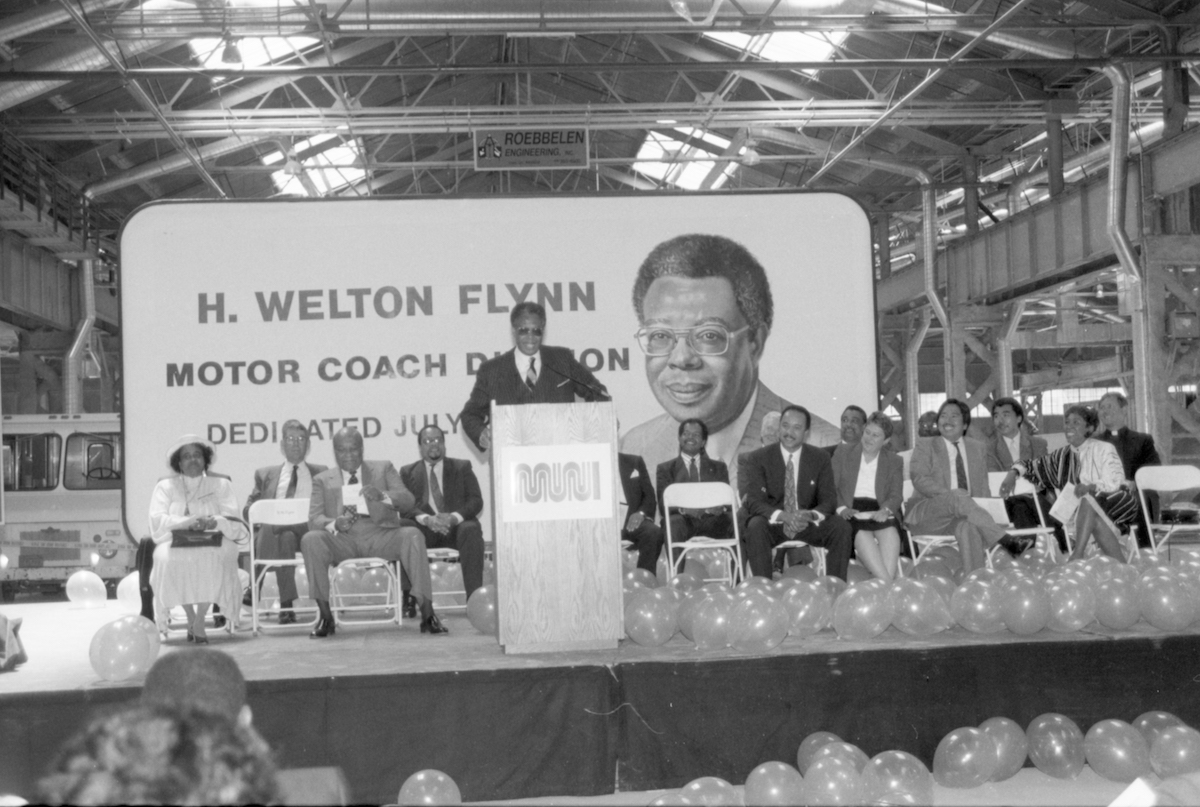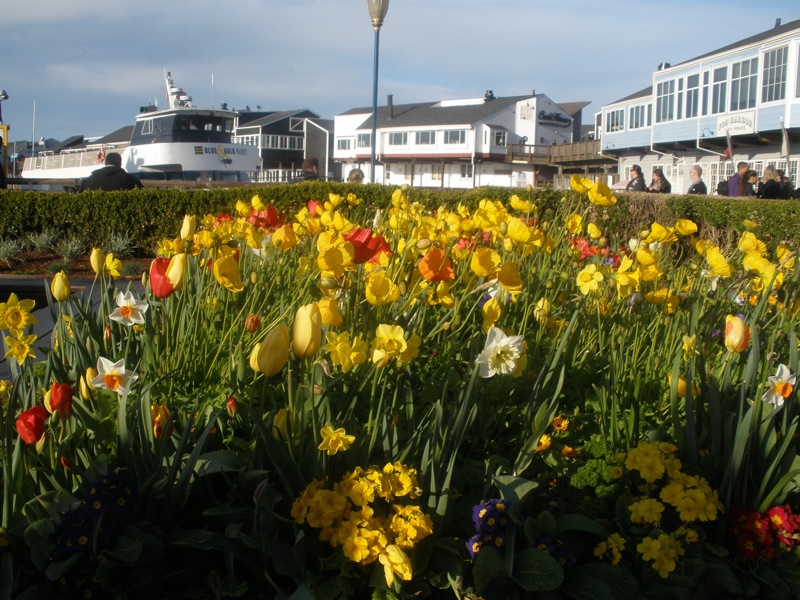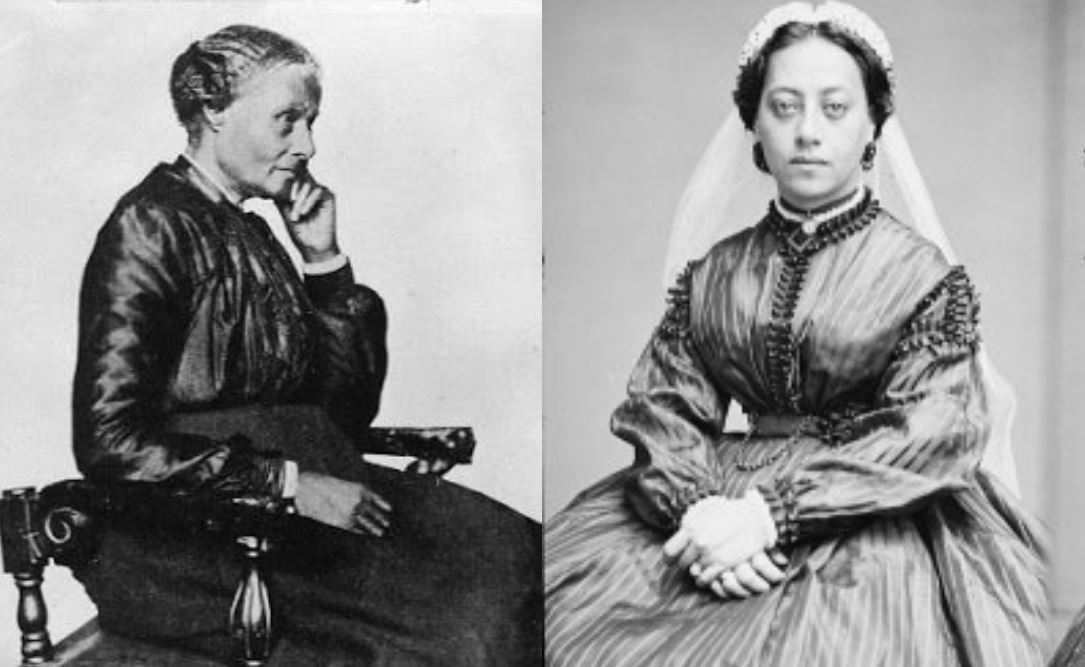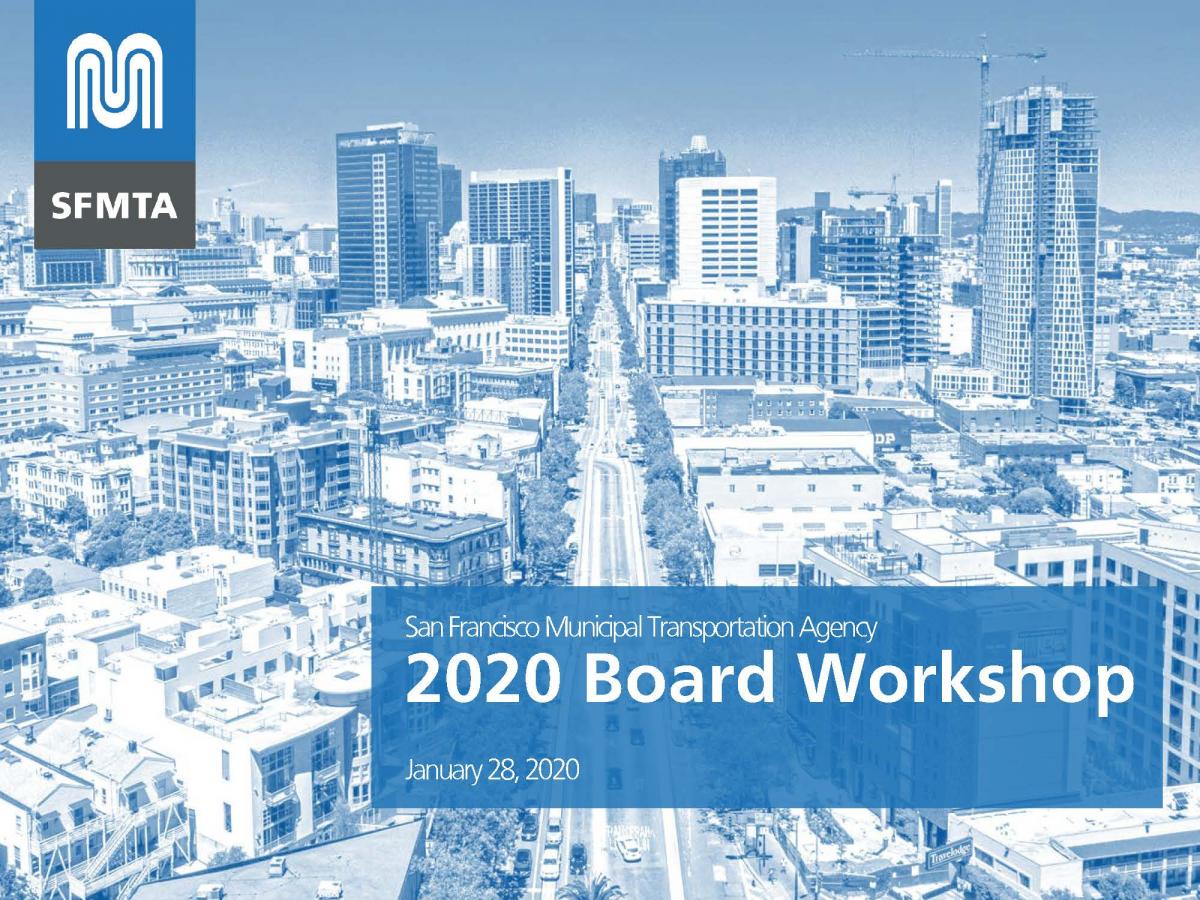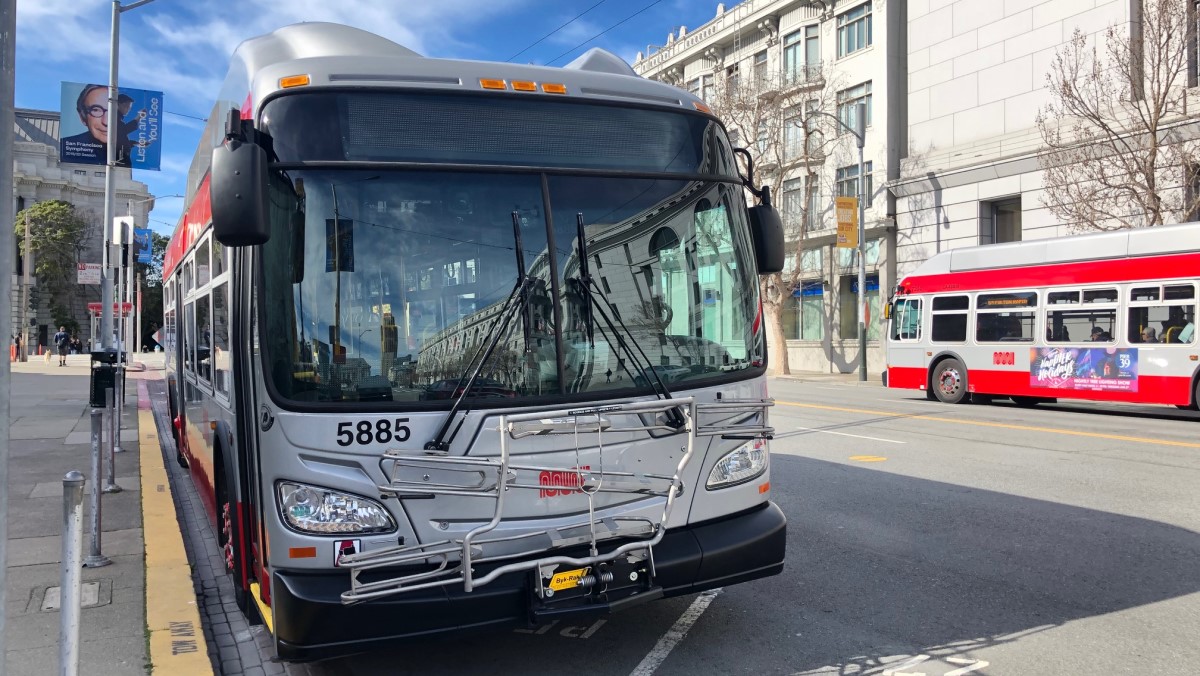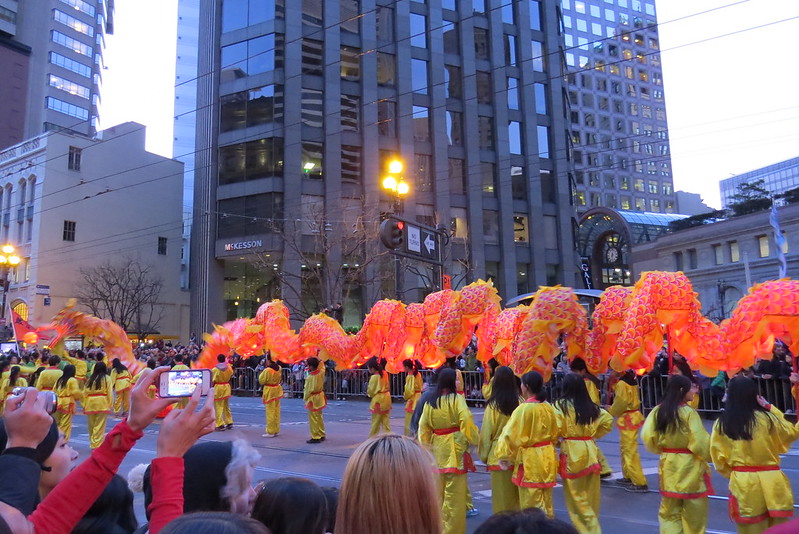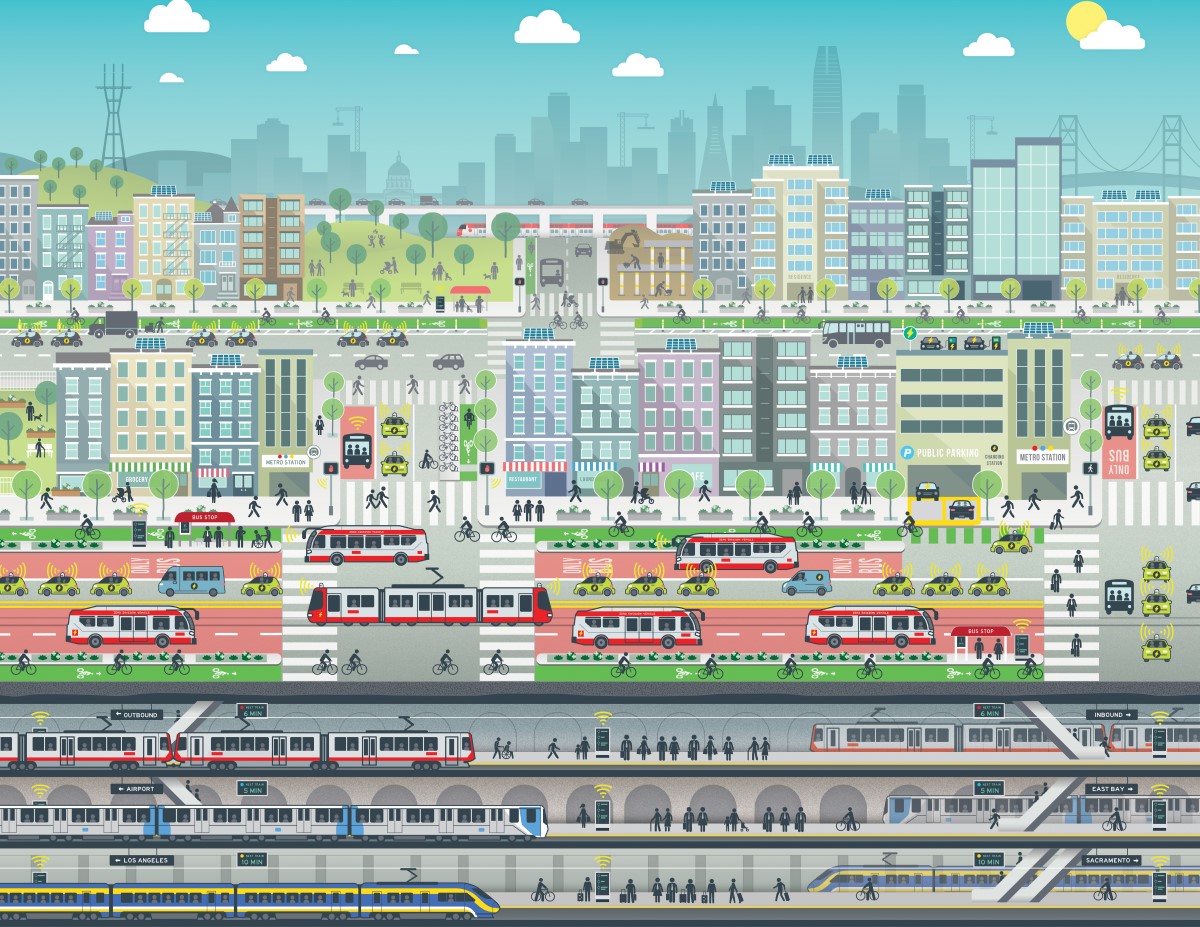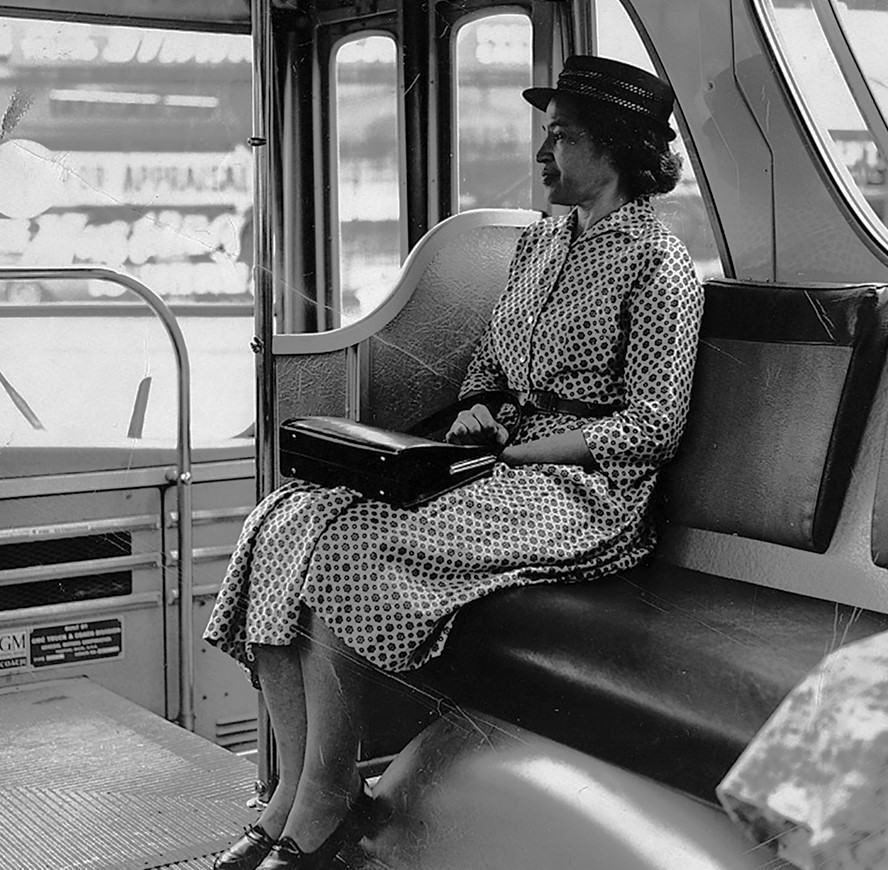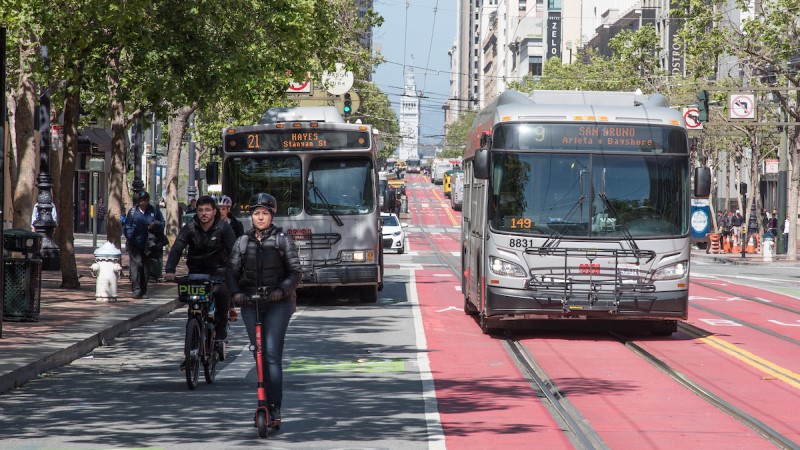By Schad Dalton
Events: The winter rains have subsided, the holidays are a distant speck in the rearview mirror and it's now the time of year when events around the city become more prevalent. This weekend is a prime example as multiple events are scheduled, including the return of bonfire season at Ocean Beach from March 1 to October 31. Head to Union Square on Saturday for a free pick-your-own tulips event during American Tulip Day. On Sunday, the Hot Air Music Festival celebrates its 11th year with a celebration of contemporary music at the San Francisco For those looking to support a good cause as well as dive into the frigid waters of the Bay, head up to Aquatic Park for the 2020 Dash and Splash. On Sunday, the 42nd annual Chinese New Year YMCA Run will take place, benefiting the Chinatown YMCA Community Center. Be sure to check out all of the city's free monthly museum days, too, as each weekend presents new opportunities to visit one (or more!) of San Francisco's many museums for free. Read more about our featured events below.
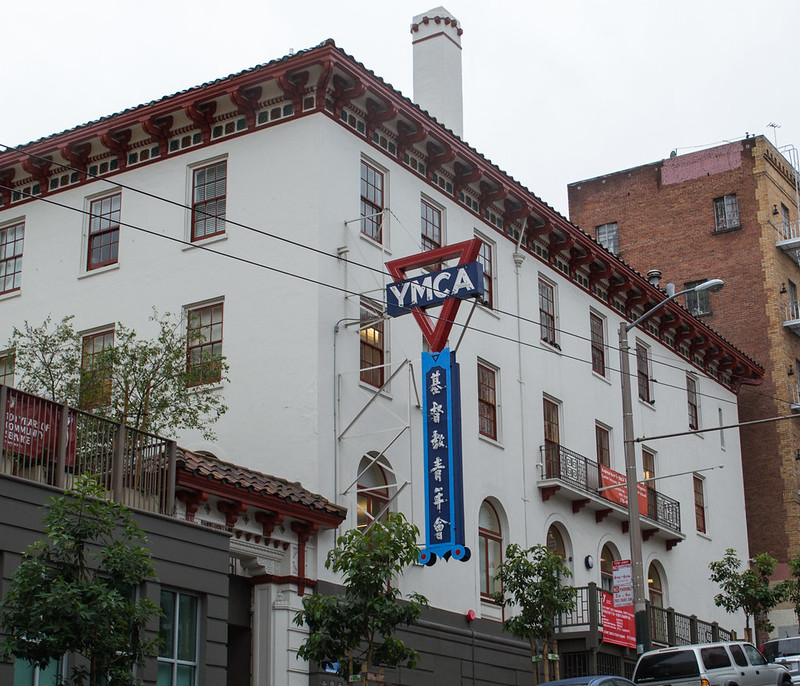
The Chinatown YMCA on Sacramento Street on December 21, 2012. Photo credit: Don Barrett/Flickr.
2020 Dash and Splash
Saturday, 10:30 a.m. to 1:30 p.m.
Aquatic Park
Spring may be soon upon us, but that doesn't mean the water around the city has gotten much warmer. This fact comes in handy for this Saturday's Dash and Splash, a 5K/10K race and polar plunge for charity. If that weren't already enough to set this event apart, participants are encouraged to don the wackiest costumes they can find or create while taking part in the plunge and the race. Proceeds and donations will support upwards of 24,000 Special Olympics athletes in year-round training, education and leadership programs.
How to Get There on Muni: Participants, costumes and all, may take the F Market and Wharves Line, as well as the 19 Polk, 28 19th Avenue, 30 Stockton, 47 Van Ness, or the 49 Van Ness/Mission routes to the area of the event in Aquatic Park.
Muni Service Notes: There are no planned service changes for this event.
Chinese New Year YMCA Run
Sunday, 8 to 9:30 a.m.
Chinatown
Now in its 42nd year, the Chinese New Year 5K/10K Run benefits the Chinatown YMCA Community Center, which serves more than a thousand youth and families of the surrounding neighborhoods.
Beginning at Sacramento and Grant streets, the race will take runners, joggers, and walkers along a scenic route through Chinatown, into North Beach, out along The Embarcadero, and then back into Chinatown to the finish line on Kearny Street between California and Sacramento streets.
How to Get There on Muni: Take the 1 California, 8 Bayshore, 10 Townsend, 12 Folsom/Pacific, 30 Stockton, 39 Coit, and 45 Union/Stockton routes as well as the California Cable Car Line to near the starting line at Grant and Sacramento avenues.
Muni Service Notes: The 10 Townsend and 12 Folsom/Pacific routes will have re-routes. The 1 California, 8 Bayshore, 30 Stockton, 39 Coit, 45 Union/Stockton routes and the California Cable Car Line may see minor delays near the race course.
Remember that you can take Muni for the entire day for a single $5 fare. The new $5 Day Pass, available on MuniMobile®, is part of Muni’s recent fare changes. The pass is intended to encourage a safe, convenient way to pay your fare and quickly board Muni vehicles, which reduces overall travel time for everyone. The $5 Day Pass is Muni bus, rail and historic streetcars only.
“On Tap” gives you a heads up about the big events in town and what Muni routes and lines will get you to the party. Look for this feature to be posted usually on Thursdays for a look ahead to the weekend. Check out our Weekend Traffic & Transit Advisory for more details.
Published February 28, 2020 at 11:23AM
https://ift.tt/2VCtokx
